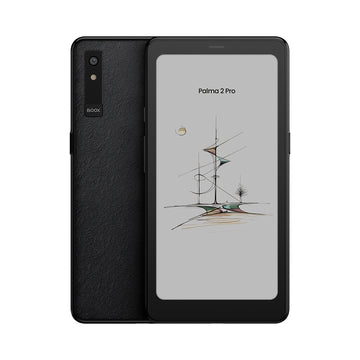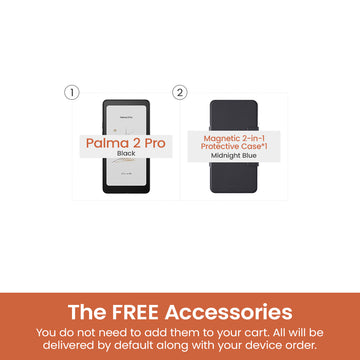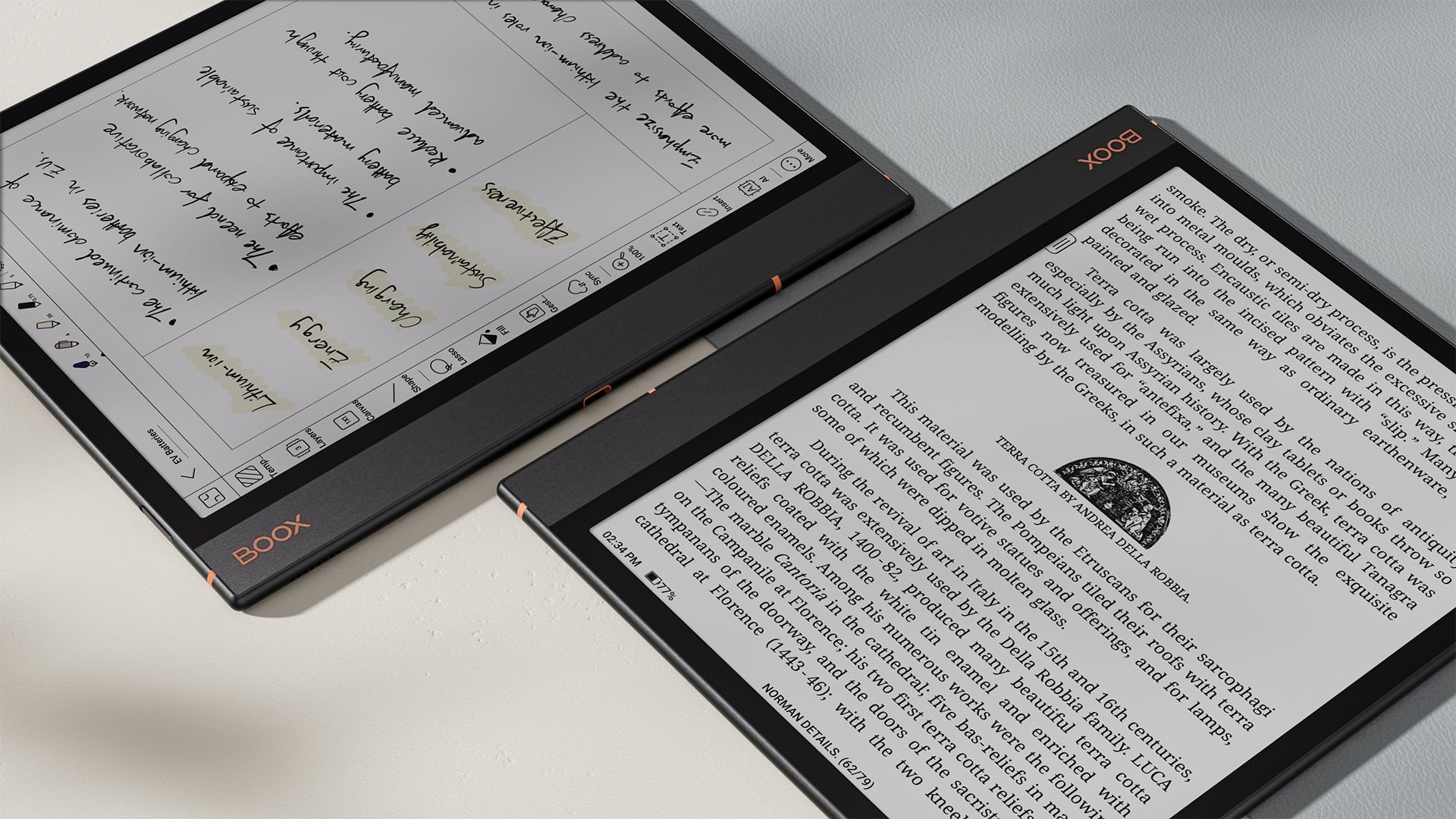Best Display for Eye Comfort at Work: LCD vs. OLED vs. ePaper
If your work requires prolonged screen time, you probably have tried different ways to protect your eyes, such as switching to dark mode, keeping a desk plant, or using eye drops. While these methods can be helpful, the real culprit of eye discomfort is the screen you look at.
To get optimum performance, electronics makers have developed various display technologies to vie for dominance in the market. So what is the difference between them? Which one is the best for your eye comfort at work? First up, let's take a quick look at the main players.

LCD vs. OLED vs. ePaper
New display technologies keep coming out (e.g. QLED and micro LEDs), but given the cost and technical maturity, their market share remains relatively small. In our discussion, we'll focus on the three primary contenders: LCD, OLED, and ePaper, and the biggest difference between them lies in how they generate light.
LCD (Liquid Crystal Display): Invented in the 1960s, LCDs still play a significant role in this industry. They depend on the backlight to display images and texts. LCDs excel in mature technology and longevity but lag behind OLEDs in contrast and black display.
OLED (Organic Light-Emitting Diode): OLEDs don't need a backlight, as each pixel emits light directly through organic material layers, allowing screens to be thinner and offering higher contrast. However, OLEDs are prone to aging and screen burn-in.
ePaper (Electronic Paper): ePaper displays are based on the movement of charged black and white particles within microcapsules. They don't need a backlight; instead, they reflect light like traditional paper, making them gentle on the eyes.

Factors Affecting Eye Comfort
Causes of eye strain vary, including screen time, resolution, and indoor lighting. Yet, factors directly tied to the screen involve:
Blue Light
Blue light has been proven to harm retinas. Among the three types of screens, back-lit LCDs emit the most blue light, self-emissive OLEDs emit less and reflective ePaper emits almost none. This makes ePaper ideal for activities like reading and coding that involve long-term screen viewing.
Flicker
Another factor that leads to eye discomfort is flicker. LCDs and OLEDs that use PWM dimming flicker noticeably at low brightness, causing eye fatigue and dizziness. In contrast, with reflective display technology, ePaper screens don't require PWM dimming to adjust brightness, providing a soothing, paper-like experience.
Glare
Glare occurs from direct or reflected bright light. LCDs and OLEDs both emit direct light and their smooth surface reflects ambient light such as sunshine and incandescent lamps. Prolonged exposure to glare results in blurred vision and reduced productivity. Unlike them, ePaper screens, such as Kaleido3 used by Note Air3 C, are designed to minimize glare, offering exceptional clarity even under strong sunlight.

Conclusion
TV, PC, and smartphone manufacturers often chase higher contrast and brightness for the ultimate viewing experience. If what you want is a short-time entertainment thrill, devices with LCD and OLED displays are good options. But for work that needs longer-time focus on the screen, an ePaper tablet is nothing short of an eye saver, alleviating strains and enhancing productivity.













